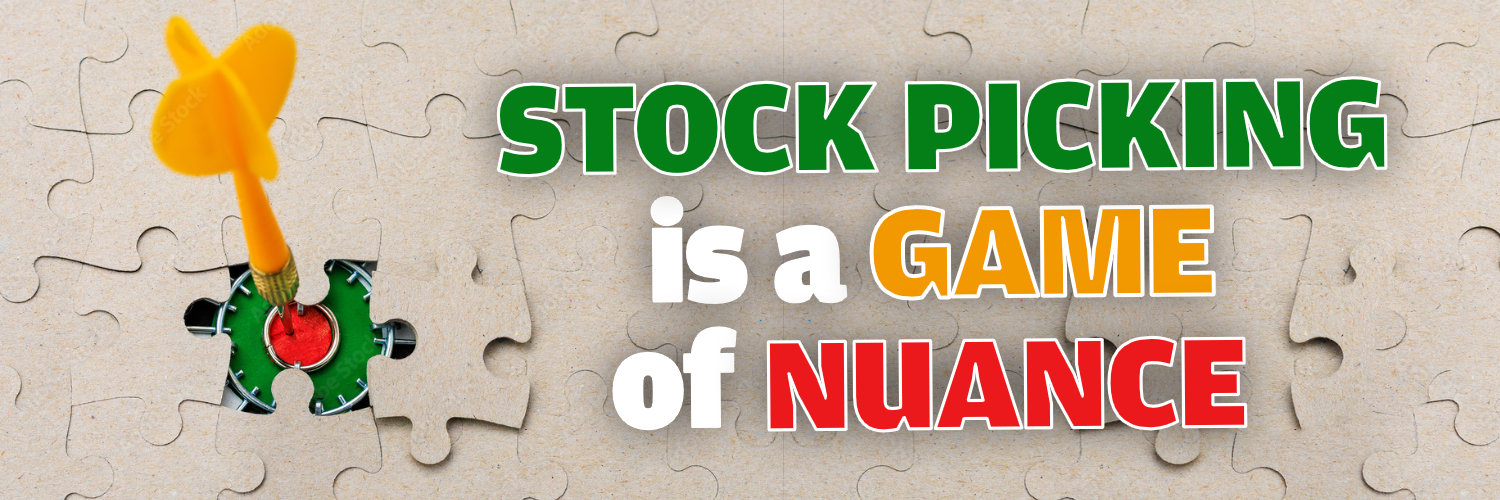
Shelf Life
My intention is to hold stocks forever, but the harsh reality is every stock has different shelf life.
Great companies tend to execute on the small things that few people see that result in the big things everyone wants.

In 2008, I visited ZAGG when it was a $10 million market cap. It was a hustle. ZAGG sold clear plastic screen protection film direct to consumer to protect your iPhone/smartphone. I invested, but I had no idea it would be able to scale as quickly as it did. From 2007 to 2011, the company grew annual revenues from $10 million to $180 million, and earnings from zero to $18 million. The stock went up 3000% in a few years.
In 2013, I visited XPEL when it was a $13 million market cap (now $2.3 billion). It was a hustle. XPEL’s core business was selling paint protection film (a clear plastic film – sound familiar?) for vehicles through their dealer network. In 2013, the business was generating $15 million in revenue, growing 50%, and making a little money. I kept asking myself, “Who is going to spend $1,000 – $2,000 to have some invisible plastic put on their car? In addition, it needs a professional to apply it. How is this ever going to scale?” I didn’t invest. 10 years later the stock is up 10,000% and the business is generating $330 million in revenues and $45 million in earnings.
It was a huge mistake to not invest in XPEL at $0.50, and $1.00, and $10.00 per share. Ryan Pape, CEO of XPEL, is presenting at our Summit [Registration Ends August 15th], which is my way of rubbing my nose in this failure.
ZAGG and XPEL looked very similar, but they are the exceptions to the norm. Often times we investors love to draw thick lines or absolute parallels connecting two situations, but in reality these lines aren’t as thick as we think. There is much more nuance.
No two companies are the same even though they might look the same. Lowe’s and Home Depot look the same but they are very different companies.
Investors are born, bred, groomed to look for patterns. I do it too. You have to study great stocks, great businesses, and great leaders. Hundreds of them. Put in the reps so you develop pattern recognition – and then go find them when they are small. Pattern recognition (studying things you didn’t own) and experience (studying things you do own) is how you learn. A few times per year you’ll stumble on a stock with a business, product, management, opportunity, and “set up” that reminds you of a past winner.
We love to compare a new small thing to a past big winner. But most of the time we oversimplify the comparison and forget about all the nuances that made it a big success. With every big winner, with every big success story, there were 5-10 times during the journey where one bad decision or unlucky break could have curtailed the whole thing. These big anti-fragile companies had a bunch of fragile points along the way.
Every 10-20-100- bagger is the result of brilliant management execution in the right place at the right time – all while flipping a two sided coin 10 times and getting heads every time.
We love to say, “Company X is the next Amazon or [Insert 100-bagger].”
We love to say, “Company X is taking Constellation Software’s strategy or [Insert 100-bagger] and applying it to this other niche, industry, geography.” But you really can’t compare them. We love to compare things that aren’t really comparable.
It’s easy to de-emphasize timing, luck, and culture’s impact on the overall outcome. Great companies tend to execute on the small things really well that result in the big things everyone wants. Upstart copycats just try to reverse engineer the results and don’t have the ethos to do the small things that really matter. I think that is why it is so hard to simply replicate someone else’s culture. Costco’s looks easy to replicate. Chick-fil-A looks easy to replicate. Good luck.
It’s all about the nuances that are hard to quantify.
Watch this 2-minute clip of Phil Mickelson talking about all the nuances he’s calculating when hitting a 145 yard shot. Look at David Feherty’s face during the clip. Feherty was no slouch – he won 11 times as a professional golfer.
Two 145 yard shots have a hundred variables that will make them completely different shots to execute. It’s the same with stock picking. Stock picking is also a game of nuance.
I recently sat down with Eddie Palmgren and Niklas Savas on “Investing by the Books” Podcast. During the podcast I talk about the book, “Golf is Not A Game of Perfect”, and Raymond Floyd’s book, “The Elements of Scoring.” I pull out ten lessons like the one above from Phil Mickelson and apply it to stock picking. Both golf books are amazing stock picking books.
===> Interact and learn with 250+ of the best microcap investors on the planet. [Join Us]
MicroCapClub is an exclusive forum for experienced microcap investors focused on microcap companies (sub $500m market cap) trading on United States, Canadian, European, and Australian markets. MicroCapClub was created to be a platform for experienced microcap investors to share and discuss stock ideas. Since 2011, our members have profiled 900+ microcap companies. Investors can join our community by applying to become a member or subscribing to gain instant view only access. MicroCapClub’s mission is to foster the highest quality microcap investor Community, produce Educational content for investors, and promote better Leadership in the microcap arena. For more information, visit http://microcapclub.com and https://microcapclub.com/summit/
Get Alerted to our Next Educational Blog Post

My intention is to hold stocks forever, but the harsh reality is every stock has different shelf life.

How does a business get a premium valuation when they sell a commodity?

It's often how you react (or don't) to the same situations that shows you how much you’ve grown.